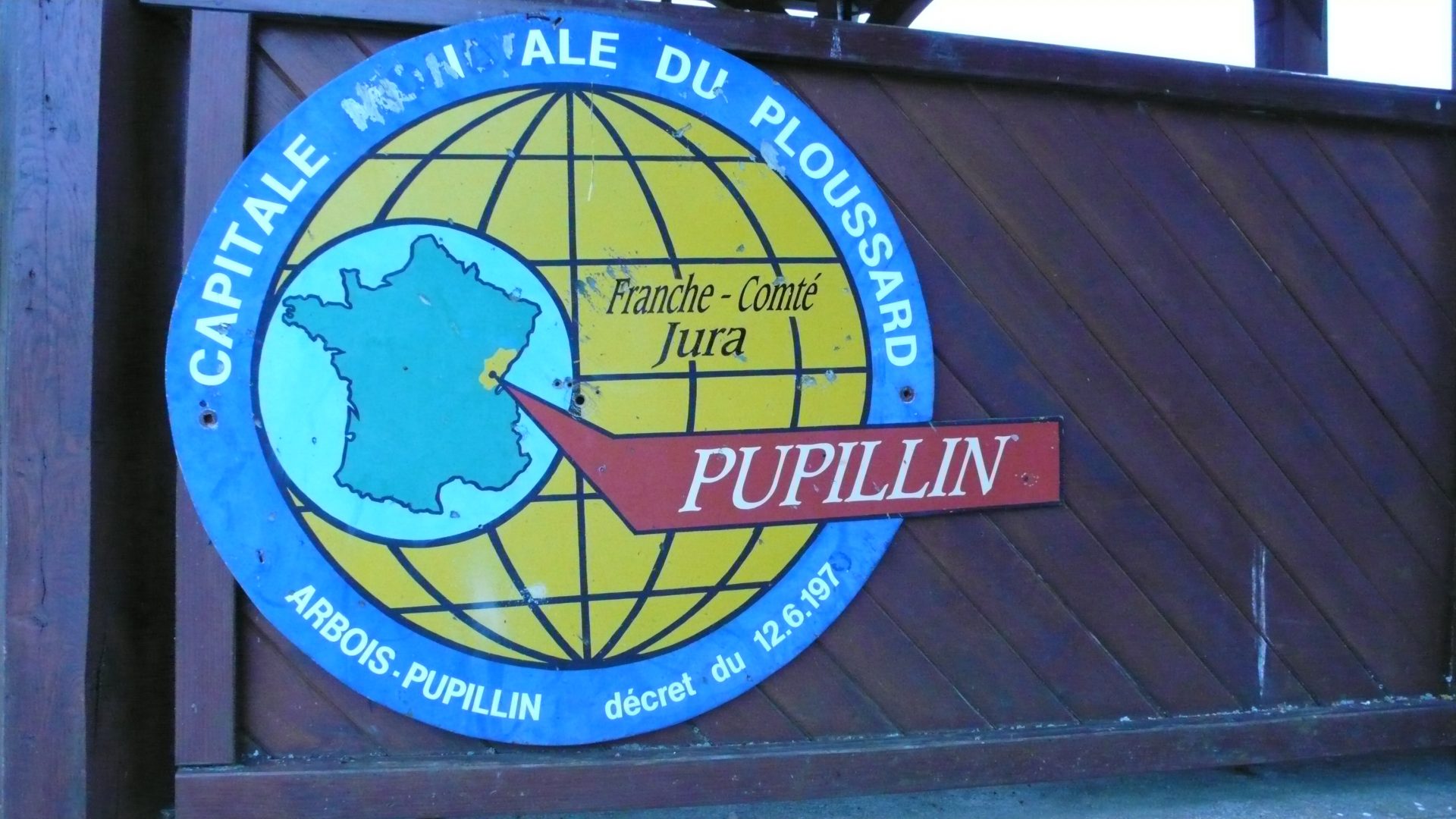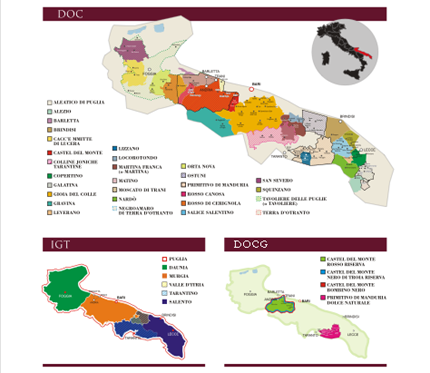By Jamie Drummond
Considering its relative size The Jura, that tiny hilly strip of meadows and woodland snuggled between Burgundy and Switzerland, sure does produce its fair share of quirky, idiosyncratic, and often quite fascinating wines. Yes, it certainly punches above its weight in that department, that is for sure. On of the grapes responsible is the little-known Poulsard (or Ploussard as it is often synonomically referred to in the towns of both Arbois, Pupillin and their surrounding vineyards).
The intriguing wines from the Poulsard (pronounced Pool-zahr) unfortunately don’t often make it to Canada, but are well worth seeking out if you, like me, get a visceral olfactory thrill from tasting headily aromatically “pretty” and often floral red wines with high natural acidity and a delicacy and lightness on the palate (see last week’s Beaujolais piece for further evidence along these lines). Poulsard is almost exclusively found in The Jura, with the exception being that other little charming eastern French region, Bugey, next-door to Beaujolais.
The Poulsard was once the most widely planted grape in The Jura, but it’s quite often even more of a little bugger in the vineyard than the notorious Pinot Noir (Jancis Robinson MW calls the grape “rather finicky, but then she is so much more polite than I). These viticultural issues (namely susceptibility to spring time frost, coulure affecting yields(which are usually very low to begin with), downey mildew, grey rot and oidium) coupled with changing fashions in the world of wine, have meant that over the past three decades planting have declined. Poulsard is still the second most planted red varietal in the region however, accounting for around 14% of the land under vine.
Poulsard produces tight-clustered bunches of large ovoid grapes. The skin of the Poulsard is remarkably thin and lacking in colour/polyphenols, in fact the Poulsard varietal used to be very popular as a table grape, but the aforementioned thin skin prevented it from being transported any further than local villages. These thin skins mean that even after extended maceration/fermentation on the skins the resulting wines tend to be lighter in colour, but are often capable of quite astonishing aromatics that can send even the most experienced of tasters into paroxysms of ecstasy. And this is what I find so beguiling about the better Poulsard wines out there. I’ll never forget my very first time. Seriously. Wow… that was something special.
Poulsard is occasionally produced as a single varietal, but more often than not, particularly in the Arbois and Côtes du Jura AOC it is blended with Trousseau (also known as Bastardo, but that’s for another piece) and Pinot Noir to produce both red and rosé wines. It is worth noting that due to its particularly thin skin and lack of colour it is often made as a blanc de noir white wine in the L’Etoile AOC and white sparkling wine in the Crémant du Jura AOC. So it’s quite the versatile little grape, despite its many misgivings.
Whilst many view Poulsard as simply a local curiosity, I find so many of the wines made with this varietal to possess something that is in many cases otherworldly. Try it out, you may end up enjoying it as much as I do.
Due to it’s lightness and wonderful acidity, Poulsard makes for some wonderful food matching opportunities. Personally I enjoy it with a huge variety of dishes: roasted poultry, pork, and even duck, as one can see in the recipe below, provided by those lovely people at Wines of Jura.
 Edinburgh-born/Toronto-based Sommelier, consultant, writer, judge, and educator Jamie Drummond is the Director of Programs/Editor of Good Food Revolution… and he sure does like his Poulsard wines.
Edinburgh-born/Toronto-based Sommelier, consultant, writer, judge, and educator Jamie Drummond is the Director of Programs/Editor of Good Food Revolution… and he sure does like his Poulsard wines.











Trackbacks/Pingbacks